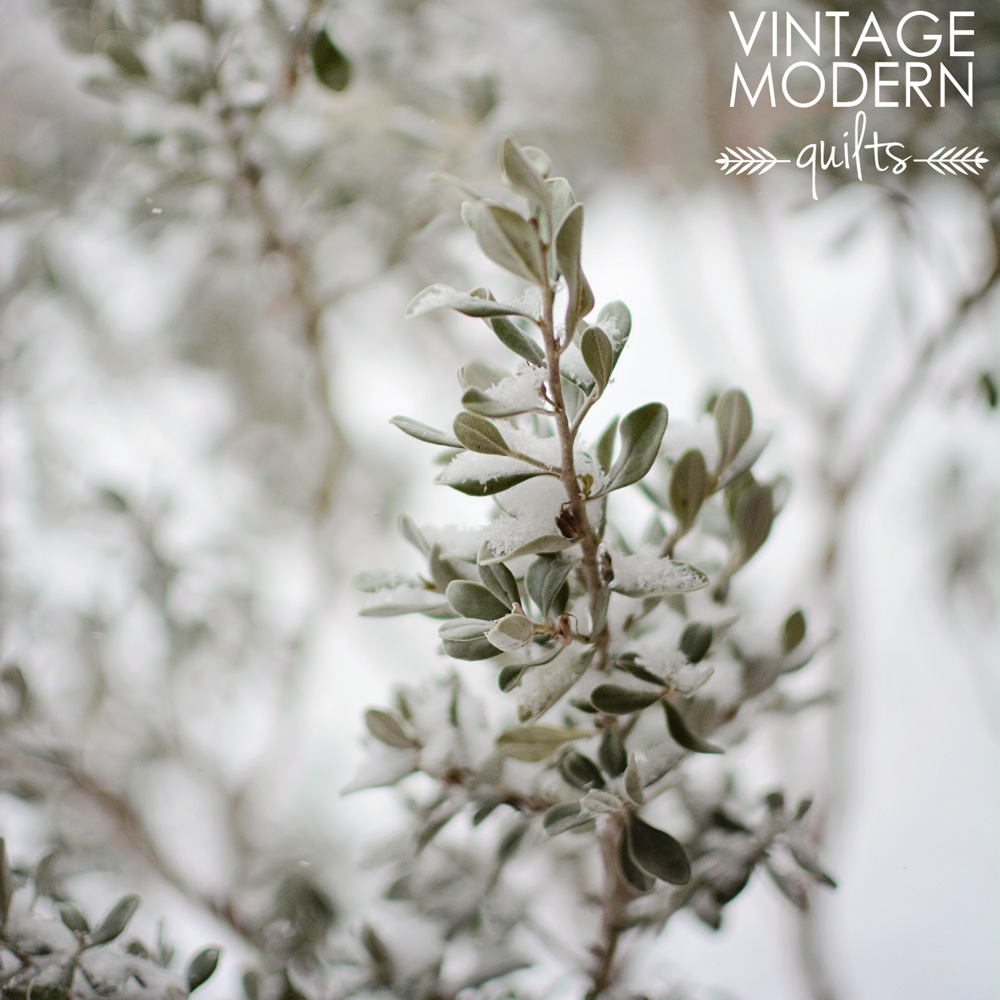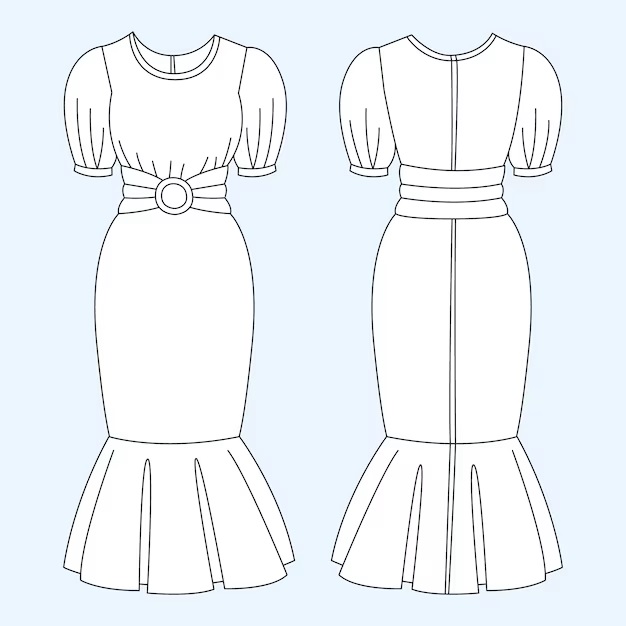Exploring Quilts Inspired by Nature Beauty and Transformative Designs
For those seeking to create stunning textile pieces that capture the essence of the environment, consider using a color palette derived from local flora and fauna. Drawing from hues found in wildflowers, leaves, and even soil can create a unique representation of the surroundings. Use natural dyes from plants such as indigo or madder root to enhance shades and textures.
Incorporating organic shapes and patterns can mimic the beauty of organic forms–think patterns that resemble waves, clouds, or leaf veins. Quilting techniques such as patchwork or appliqué allow you to layer these elements creatively, adding depth and visual interest. Use sustainable materials to stay in harmony with the principles of eco-friendliness while honoring the themes you’re depicting.
Consider themes based on the seasonal changes in your locality. Each season offers distinct colors and forms that can inspire different styles of stitching. For instance, warm autumn tones paired with a unique leaf design can represent the fall, while cool shades and geometric shapes can reflect winter’s quiet elegance. Aligning your creations with these cycles not only adds meaning but also connects your art to the passage of time.
Documenting your inspiration can also enhance your creations. Keep a sketchbook or online portfolio that showcases the elements of the environment that move you. Capture photographs of landscapes, details of plants, or even textures of bark and soil. This process can serve as a foundation for your work and help you stay connected to your creative source, enhancing authenticity in your textile projects.
Choosing Natural Fabrics for Quilts
Select materials such as cotton, linen, or hemp for their durability and comfort. Cotton is especially sought for its breathability and ease of care, making it a top choice. Linen, while slightly more textured, offers a unique drape and absorbency beneficial for absorbency. Hemp is a sustainable option, known for its strength and natural resistance to mold and UV light.
Factors to Consider
When selecting fabrics, assess the fabric’s weight, texture, and longevity. Lighter fabrics work well for warmer climates, while heavier options provide warmth in cooler conditions. Texture plays a role in the final touch–smooth textiles lend elegance, while textured ones can add depth and character. Longevity is key; opt for fabrics that withstand frequent washing without losing their form or color.
Comparison of Natural Fabrics
| Fabric Type | Weight | Texture | Durability |
|---|---|---|---|
| Cotton | Light to Medium | Smooth | High |
| Linen | Medium | Textured | Medium-High |
| Hemp | Medium to Heavy | Coarse | Very High |
Seek out organic or sustainably sourced options when possible to support eco-friendly practices. Pre-wash fabrics to prevent shrinkage later and ensure colorfastness. Consider combining different textures to achieve visual interest and enhance the overall feel of the finished piece.
Incorporating Color Palettes from Landscapes
Select hues directly from your surroundings, such as the subtle greens of a forest, the warm golds of a sunset, or the cool blues of an ocean. Use a color wheel to help create harmonious combinations.
Experiment with different color combinations by following these steps:
- Capture photographs of various environments, focusing on specific colors that catch your eye.
- Extract color swatches from these images using tools or apps designed for this purpose.
- Create a small color chart or palette inspired by the selected swatches.
Consider seasonal changes: each season presents a unique set of colors. Spring introduces pastels and bright tones, while autumn showcases earthy oranges and browns.
For balanced designs, apply the 60-30-10 rule in color distribution:
- 60% dominant color
- 30% secondary color
- 10% accent color
Utilize contrasting colors to highlight specific features or patterns. For example, pairing cool colors with warm shades can create an eye-catching effect.
Experiment with textiles and fabrics to see how colors change in different lights and contexts. Test swatches in natural light to get an accurate sense of how colors interact.
Techniques for Capturing Natural Patterns
Begin with observation; examine leaves, flowers, and other organic forms under different lighting. Take photographs or create detailed sketches to analyze shapes, colors, and textures.
Use fabric manipulation techniques like gathering or pleating to imitate the dynamic qualities of living organisms. Experiment with raw-edge applique to create layered effects that mimic natural structures.
Incorporate dyeing methods such as shibori or tie-dye to replicate the randomness found in nature. These techniques allow for organic color variations, enhancing the visual depth of your pieces.
Explore asymmetrical designs by piecing together various fabric shapes. This approach reflects the irregularity often seen in natural settings and adds visual intrigue.
Integrate embroidery or quilting stitches to mimic textures like bark or petal surfaces. Utilize techniques like free-motion quilting to create flowing movements representative of water or wind.
Consider using eco-friendly materials that resonate with the theme. Organic fabrics or natural dyes can evoke a sense of authenticity in your creations.
Engage with layering techniques to create depth. Combine sheer and opaque materials for a contrast that echoes the complexity of natural environments.
Utilize color palettes inspired by seasonal changes. Observe how hues transform throughout the year and apply this to fabric selections for harmonious compositions.
Finally, document your processes and inspirations. Keeping a visual journal can help track your development and refine your artistic vision over time.
Seasonal Inspirations for Quilt Designs
Consider the vibrant colors of autumn leaves for your next project. Use rich shades of orange, red, and yellow to create geometric patterns that mimic the falling foliage. Pair these hues with subtle earth tones to balance the palette.
Winter Motifs
For winter, opt for a cool color palette. Blues and whites can evoke the chill of snow. Incorporate snowflake patterns or star motifs to bring a touch of serenity. Consider using fabrics with a shimmer to simulate the sparkle of frost.
Spring Themes
Spring offers a plethora of inspiration from blooming flowers. Bright pinks, yellows, and greens can form the basis of a cheerful design. Floral appliqué techniques can provide texture, while butterfly and bird motifs can add an element of whimsy.
- Choose lightweight, pastel fabrics for a fresh look.
- Experiment with asymmetrical layouts to reflect the spontaneity of nature.
Summer can be depicted through bold colors and playful patterns. Citrus shades of yellow, lime green, and coral can represent vibrant beach scenes. You can use wave-like patterns or sun motifs to capture the essence of sunny days.
- Mix cotton and linen for breathability.
- Create block designs reminiscent of beach umbrellas.
Each season holds unique characteristics that can inspire distinctive creations. By focusing on specific colors, patterns, and materials relevant to each time of year, you can craft pieces that resonate with the beauty of the changing environment.
Utilizing Texture to Represent the Elements
Incorporate a variety of fabrics with diverse surfaces to depict different aspects of the environment. For instance, use soft, velvety materials for representing gentle rains or intricate quilting techniques to illustrate the swirling movement of winds. Experiment with burlap or canvas to create rough textures that mimic rocky terrains or rugged landscapes.
Layering fabrics can enhance depth. Try overlapping sheer textiles to simulate airy skies contrasted with heavier, more robust materials for water or earth. Employ machine or hand stitching to add dimension, emphasizing movement and flow reminiscent of natural phenomena.
Consider color selection linked to texture. Muted tones with puffy, tactile surfaces can evoke serenity, while vibrant shades combined with rough textures may portray turbulence. Mixing cotton with silk or linen can create an intriguing contrast, drawing attention to both form and visual appeal.
Using embellishments like beads, sequins, or embroidery can enhance the three-dimensional effect, creating a tactile experience that resonates with elemental themes. This approach not only visually captivates but engages the viewer’s senses, establishing a deeper connection with the depicted theme.
Be mindful of balance in texture. An overwhelmingly textured piece can become chaotic, while a well-thought-out combination can evoke harmony reflective of the interconnectedness found within the environment. Focus on creating a dialogue between the various components, allowing them to complement each other while portraying the essence of natural elements.
Preserving Quilts as Nature’s Artworks
To maintain the integrity of these handcrafted textiles, store them in a cool, dry space, ideally between 60-70°F with a humidity level around 40-50%. Utilize acid-free tissue paper for folding, ensuring no creases form that could cause damage over time.
Employ cotton or linen storage bags instead of plastic containers; the latter can trap moisture and promote mildew. Limit direct sunlight exposure to prevent fading and deterioration of colors. Regularly inspect for signs of pests or fabric degradation.
For cleaning, opt for gentle hand-washing methods using mild detergents. Avoid bleach and harsh chemicals which can weaken fibers. If repairs are needed, consider hand-stitching applications using similar thread types to maintain the piece’s authenticity.
Finally, display these works in low-light environments with appropriate mounting techniques to prevent stress on the fabric. Create an environment that celebrates their artistry while protecting against environmental hazards.
Q&A: Nature inspired quilts
How can nature quilt patterns help quilters express their creativity and connection to the world around them?
Nature quilt patterns allow quilters to draw inspiration from the natural world, incorporating elements like trees, leaves, and wildlife into their work. By using motifs inspired by nature, such as pine branches or mountain views, quilters can celebrate the world around them while exploring new forms of creativity.
Why is a fabric collection featuring nature-inspired designs ideal for making a nature quilt?
A fabric collection that includes nature-inspired prints—like forest textures, animal silhouettes, and earthy tones—provides a cohesive palette for building a nature quilt. Whether working with fat quarters, a curated bundle, or charm packs, these prints support storytelling through fabric rooted in the great outdoors.
What makes flying geese and triangle blocks popular choices in nature quilt patterns?
Flying geese and triangle quilt blocks are popular in nature quilt patterns because they mimic shapes found in the natural world, such as birds in flight or mountain peaks. These geometric forms can be combined using paper piecing or traditional sew techniques to bring movement and symmetry to a nature quilt.
How do quilters use art quilts and nature quilt patterns to showcase the beauty of the great outdoors?
By combining art quilts with nature quilt patterns, a quilter can transform images of the great outdoors—like forests, cabin scenes, or a branch of pine—into detailed, expressive compositions. These works often mix realistic and abstract elements, using varied techniques and cutting styles to print and sew a visual narrative that honors the environment.


